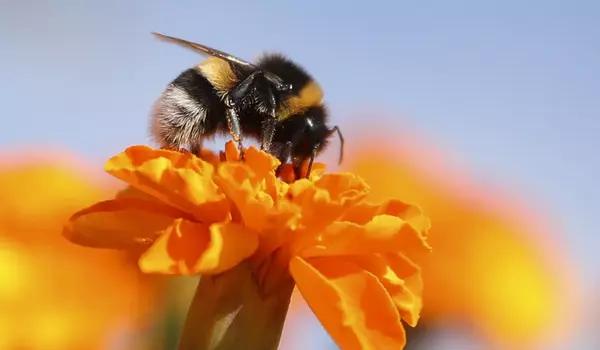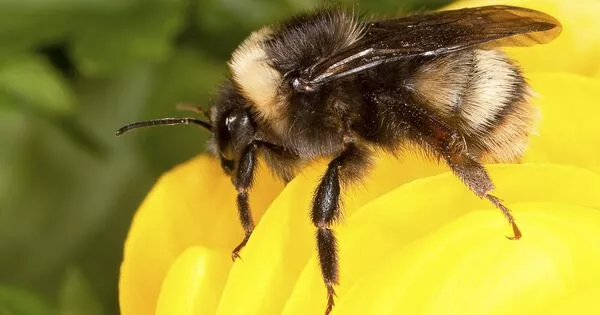Warmer temperatures, less snow cover, more frequent droughts, and less predictable frost and flowering times are all effects of climate change. Climate change can cause bee and flower timing mismatches. In Colorado, for example, glacier lilies are now blooming several days earlier than they were a few decades ago. They may bloom before bumble bee queens emerge in the spring and thus go unpollinated. The bloom mismatch is also bad news for hungry bees who are emerging and discover that flowers are scarce.
Temperature changes have harmed the majority of bumble bee species over the last 120 years, according to new research published this week in Biology Letters. The researchers note that temperature changes had a greater negative impact than other factors such as precipitation or floral resources.
According to a recent study, climate change is causing bumble bees to disappear from the warmer, southern parts of their ranges. They are not, however, shifting their ranges to the cooler north. As climate change progresses, many bumble bee species may be pushed out of suitable habitat. Bumble bees’ intolerance for extremely hot weather is one reason they are often more threatened in the warmer parts of their ranges.
Bumble bees are important pollinators for both wild plants and crops that humans rely on for food. That is why we need to develop conservation strategies that take into account the future effects of climate change on bee populations.
Hanna Jackson
Bumble bees are adjusting by moving up in altitude in mountain areas into areas that already have their own bumble bee communities with different species. What will happen when they run out of new elevations to which they can move? They will almost certainly face increased competition, extinction, or both.
“Bumble bees are important pollinators for both wild plants and crops that humans rely on for food. That is why we need to develop conservation strategies that take into account the future effects of climate change on bee populations” Hanna Jackson, a master’s student in biological sciences at Simon Fraser University, led the study.
Jackson and her colleagues examined an existing dataset containing records on 46 bumble bee species from 1900 to 2020 in North America. They developed two occupancy models, one for time and one for environmental factors, to estimate the effects of climate and land-use variables on species occupancy, which is a measure of where species are found. They discovered that six bumble bee species declined over time, 22 increased, and the remaining 18 remained stable.

They note that temperature and precipitation both increased, on average, between 1900 and 2020 in the post-industrial revolution period. Temperature changes had primarily negative impacts on bumble bees, with 37 of the 46 species exhibiting greater declines or less positive increases in occupancy under observed temperature changes compared to if the temperature had remained constant.
Importantly, nine bumble bee species declined in response to changing temperatures within their ranges. The team found no patterns in the other factors studied, such as precipitation, and only one species declined due to a lack of floral resources.
In fact, both floral resources and precipitation produced conflicting results. Changes in precipitation or floral resources impacted roughly half of the bumble bee species negatively, while the other half positively.
Bumble bees are fuzzy insects that are most common in areas with four seasons. They are found as far north as the arctic, as far south as the tip of South America, and as high in altitude as flowers grow on mountains. They are less common in hot, tropical climates. One reason bumble bees are more common in cooler climates is that they are cold-adapted. This means they have unique adaptations, the most obvious being their thick, fuzzy hair, to keep warm when it is cold. These adaptations can also make them less able to cool off in warm temperatures.
Over time, bumble bees and flowering plants co-evolved. Bumble bees pollinate flowers by moving pollen from plant to plant while gathering pollen and nectar. Bumble bee pollination services are critical to the survival of natural ecosystems and many agricultural crops.
As a result, researchers conclude that changing temperatures are a major environmental factor driving changes in the composition of bumble bee communities. “Because bumble bee species’ future responses to land-use and climate change are likely to vary,” Jackson adds, “conservation action should prioritize individual species, taking into account their unique climate and habitat preferences.”
















